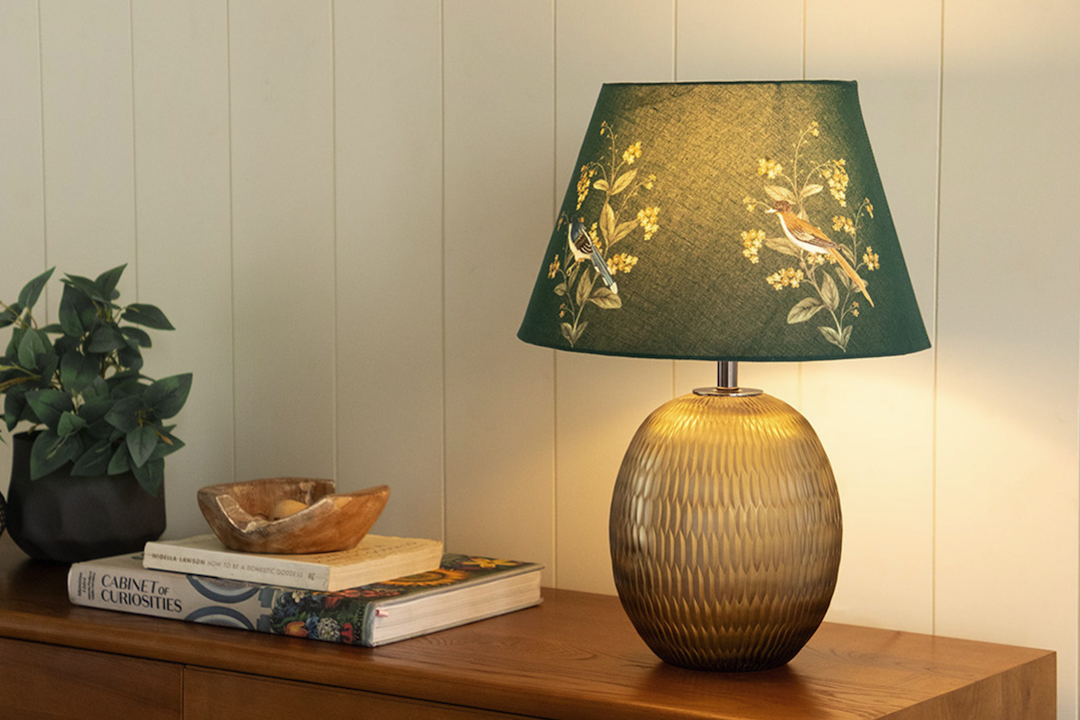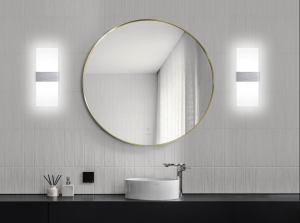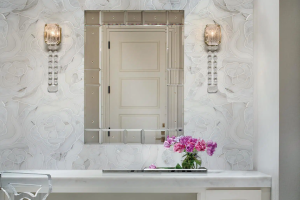
Ceramic art table lamps serve as both functional lighting solutions and captivating decorative pieces, seamlessly blending utility with artistry. These lamps are crafted from clay, which is shaped, fired, and often glazed to create a variety of textures, colors, and forms. The versatility of ceramics allows artists to explore a wide range of styles, from traditional to contemporary, making ceramic lamps suitable for diverse interior design schemes.
As a result, they not only illuminate spaces but also contribute to the overall aesthetic, enhancing the ambiance of any room. The appeal of ceramic art table lamps Scules lies in their ability to tell a story through their design. Each piece can reflect the artist’s vision, cultural influences, and personal experiences.
Whether it’s a hand-painted floral motif or a sleek, minimalist form, these lamps can evoke emotions and spark conversations. As more people seek unique and personalized decor items, ceramic art table lamps have gained popularity as statement pieces that add character and warmth to living spaces.
The History and Artistry of Ceramic Lamps
The Emergence of Artistic Expression
Over time, artisans began to experiment with form and decoration, leading to the creation of more intricate designs that reflected the cultural and artistic trends of their eras. This evolution is a testament to human creativity and the desire to merge functionality with beauty.
Modern Ceramic Artistry
In the modern era, ceramic art table lamps have become a canvas for artistic expression. Contemporary artists utilize various techniques such as hand-building, wheel-throwing, and glazing to create unique pieces that resonate with today’s aesthetic sensibilities.
The Impact of Electric Lighting
The introduction of electric lighting in the 19th century revolutionized lamp design, allowing for more elaborate constructions that could accommodate bulbs instead of oil wicks. This shift opened up new possibilities for artists to explore innovative shapes and styles, resulting in a rich tapestry of designs that continue to evolve.
Choosing the Right Ceramic Art Table Lamp for Your Space
Selecting the perfect ceramic art table lamp involves considering several factors that align with your personal style and the overall decor of your space. First and foremost, it is essential to assess the size and scale of the lamp in relation to the furniture and room dimensions. A large, bold lamp can serve as a focal point in a spacious living room, while a smaller, more delicate piece may be better suited for a cozy reading nook or bedside table.
Proportions matter; an oversized lamp on a petite side table can overwhelm the space, while a tiny lamp on a large console may get lost. Color and pattern are also critical elements in the selection process. Ceramic lamps come in an array of hues and designs, from vibrant glazes to subtle earth tones.
When choosing a lamp, consider the existing color palette of your room. A lamp with complementary colors can enhance the overall aesthetic, while a contrasting piece can add an unexpected pop that draws attention. Additionally, think about the lamp’s texture and finish; glossy glazes can create a modern look, while matte finishes may evoke a more rustic or artisanal feel.
Incorporating Ceramic Art Table Lamps into Different Decor Styles
Ceramic art table lamps are incredibly versatile and can be integrated into various decor styles with ease. In a traditional setting, lamps featuring classic motifs such as floral patterns or intricate carvings can enhance the elegance of the space. For instance, a porcelain lamp adorned with hand-painted roses can complement antique furniture and rich fabrics like velvet or brocade.
The soft glow emitted by such lamps adds warmth and sophistication to living areas or dining rooms. In contrast, contemporary decor often embraces minimalism and clean lines. Here, ceramic lamps with geometric shapes or monochromatic glazes can serve as striking accents.
A sleek white ceramic lamp with a simple silhouette can provide illumination without detracting from other design elements in a modern space. Additionally, eclectic styles benefit from the inclusion of ceramic lamps that showcase bold colors or unconventional forms, allowing for playful combinations that reflect personal taste.
Maintenance and Care of Ceramic Art Table Lamps
Maintaining ceramic art table lamps is essential to preserve their beauty and functionality over time. Regular cleaning is necessary to prevent dust accumulation and maintain the vibrancy of glazes. A soft, damp cloth is typically sufficient for wiping down the surface; however, it is crucial to avoid abrasive materials that could scratch or damage the finish.
For lamps with intricate designs or textured surfaces, using a soft brush can help reach crevices where dust may settle. In addition to cleaning, it is important to ensure that the electrical components of the lamp are in good working order. Regularly check the cord for any signs of wear or damage, as frayed wires can pose safety hazards.
If you notice flickering lights or other electrical issues, it may be wise to consult a professional electrician for repairs. Proper care not only extends the life of your ceramic lamp but also ensures that it continues to be a safe and beautiful addition to your home.
DIY Ceramic Art Table Lamp Projects
Choosing the Right Materials
For those who enjoy hands-on creativity, crafting your own ceramic art table lamp can be an incredibly rewarding project. The process begins with selecting the right type of clay; earthenware or stoneware are popular choices due to their workability and durability.
Shaping and Decorating the Lamp Base
Once you have your materials, you can begin shaping your lamp base using techniques such as coiling or slab building. This allows for personal expression as you create unique forms that reflect your style. After forming the base, the next step involves adding decorative elements such as textures or patterns. You might choose to carve designs into the clay or apply slips in different colors for added visual interest.
Firing, Glazing, and Assembly
Once your lamp base is complete, it must be fired in a kiln to achieve its final strength and durability. After firing, glazing provides an opportunity for further customization; experimenting with different glaze applications can yield stunning results. Finally, assembling the electrical components allows you to bring your creation to life as a functional piece of art.
Where to Find Unique Ceramic Art Table Lamps
Finding unique ceramic art table lamps requires exploring various avenues beyond conventional retail stores. Local artisan markets and craft fairs often feature handmade pieces from talented artists who pour their creativity into each lamp they produce. These events provide an opportunity not only to purchase one-of-a-kind items but also to connect with the makers themselves, gaining insight into their artistic processes.
Online platforms have also become invaluable resources for discovering unique ceramic lamps. Websites like Etsy showcase countless artisans who specialize in handmade ceramics, offering everything from whimsical designs to elegant minimalist pieces. Additionally, galleries dedicated to contemporary craft often feature ceramic artists whose work pushes boundaries and challenges traditional notions of lamp design.
By exploring these diverse sources, you can find lamps that resonate with your personal style while supporting independent artists.
Enhancing Your Space with Ceramic Art Table Lamps
Ceramic art table lamps are more than mere sources of light; they are expressions of creativity that enhance the character of any space they inhabit. With their rich history and diverse artistry, these lamps offer endless possibilities for personalization and style integration. Whether you choose to purchase an exquisite piece from an artisan or embark on a DIY project to create your own lamp, the result is sure to be a unique addition that reflects your taste and enhances your living environment.
As you incorporate ceramic art table lamps into your home decor, consider how they interact with other elements in your space—furniture, textiles, and color schemes—to create a cohesive look that feels both inviting and inspiring. With proper care and maintenance, these lamps will not only illuminate your surroundings but also serve as cherished pieces that tell stories for years to come.







